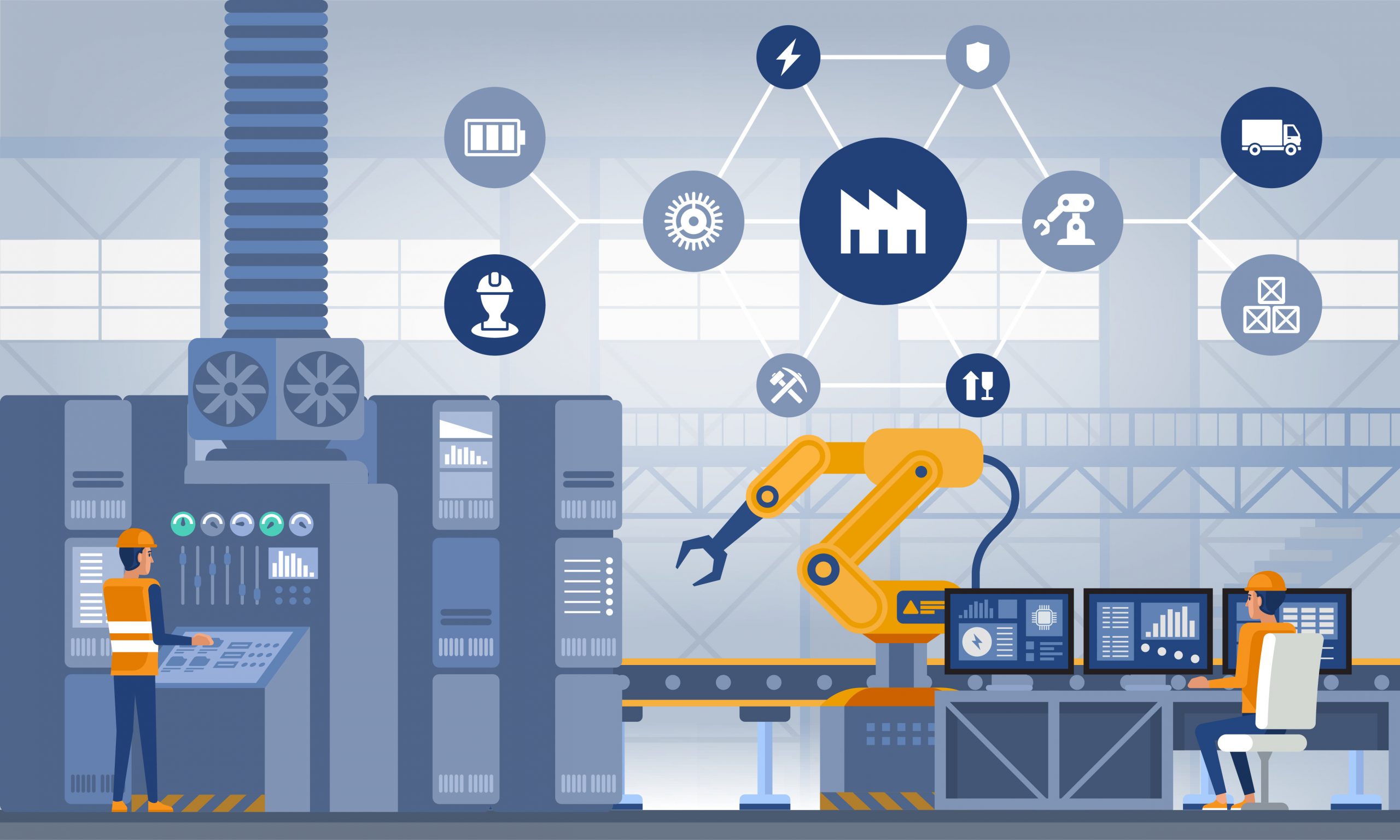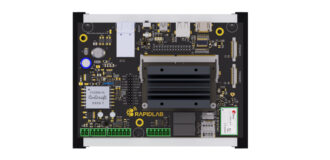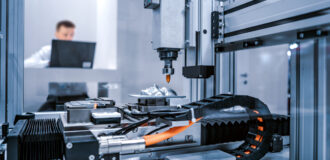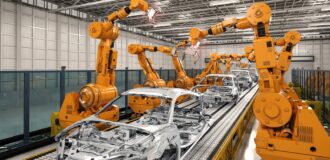10th September 2020

The process of adapting older generation machines to the industry 4.0 standards eliminates the need to purchase new facilities and equip the factory from scratch. Industrial companies need integrated processes and connected devices to achieve long-term success.
The modernization of older generation devices with the use of IoT has become a big issue in the context of a global discussion on the need to reduce carbon emissions and improve energy efficiency. With an interesting alternative, such as retrofitting, it’s possible to upgrade the existing industrial infrastructure while respecting the environment. The implementation of additional functionalities means not only a significant reduction of investment and depreciation costs but also less downtime and minimal interference in the production process. The common belief that keeping up with technology and dynamically changing needs on the consumer market is associated with a short equipment life cycle is a thing of the past.
Do you want to increase your competitive advantage with IoT?
What is retrofitting?
In simple terms, retrofitting is about adding new functionality or technological solutions to the old system. The aim of this approach is to minimize the negative impact on the continuity of business processes while increasing profits. Machine retrofitting with IoT is particularly important in sectors that are inseparably related to the operation of expensive equipment: automotive, chemical, and food industries. Retrofitting is used where there is no economic reason to replace factory equipment completely. In many cases, all it takes is to adding sensors to the existing infrastructure to achieve a completely new quality.
| Benefits of retrofitting | ||
| Lower labor, investment, depreciation, and operating costs | Quick adaptation of the equipment to meet new functions | Upgrading existing machines and equipment with additional functionality |
| Increased automation | Reduction of environmentally harmful emissions | Less risk of unexpected failures and costly repairs |
| Direct connections between old devices and new software | Extending the life cycle of machines by another decade or more | Access to more data processed in real-time |
Industrial companies of all sizes can benefit from the digital revolution, and retrofitting is one of the opportunities to adapt to changes in order to maintain a competitive advantage. Machines with a long-life cycle are usually bought to operate for several decades. However, pre-digital era equipment isn’t compatible with the latest technology. The integration of older machines with IoT is a challenge because they weren’t designed to integrate with modern IT systems.
Bridging the analog and digital worlds
The most spectacular example of device digitalization is the transfer of the historic Robert Bosch lathe from 1887 to Industry 4.0, providing it with the necessary technical support in the form of sensors, software, industrial controllers, and Gateways IoT, which allows monitoring the state of the lathe. It doesn’t mean that the more than the 130-year-old device from the Bosch archive will be reintroduced into the production line. The retrofitting showed that modern sensors and electronic control systems connected to machines from previous eras could improve the production process with such equipment.
„Implementation of modern solutions following the concept of industry 4.0 will improve the working conditions of the factory workers and increase the safety of performed activities through predictive maintenance. Older generation machines may not meet current safety standards and cause environmental and operational threats, such as sub-system failures, oil spills, or excessive temperatures. By locating sensors that transmit information about measurements made, it’s possible to predict the future and prevent disruptions before they occur”.

Mateusz Majchrzycki
Senior IoT Engineer
Modernization of equipment is the answer to new market requirements
More and more manufacturers realize that automation, artificial intelligence, and machine learning permeate the business world. Data collected from systems and machines can be used to manage production processes more efficiently. Entrepreneurs interested in the Internet of Things’ possibilities would like to use the potential of Big Data and instant data transfer between devices and systems without expensive hardware replacement. It’s worth thinking about the opportunities arising from the fourth industrial revolution and looking at the available technological solutions in the context of achieving the organization’s current goals and preparing the factory for what the future brings.
Sources:
https://bosch.com/stories/from-the-workshop-to-the-revolution
https://community.boschrexroth.com/t5/rexroth-blog/machines-in-the-erea-of-networking/ba-p/12
https://www.plmportal.org/en/news-detail/bosch-iot-gateway-connecting-old-machines-to-industrie-4-0.html
See also:
Let’s stay in touch
Tell us about your IoT project and we’ll get back to you shortly.
Talk to our expert

Paweł Skiba
IoT Solution Architect


